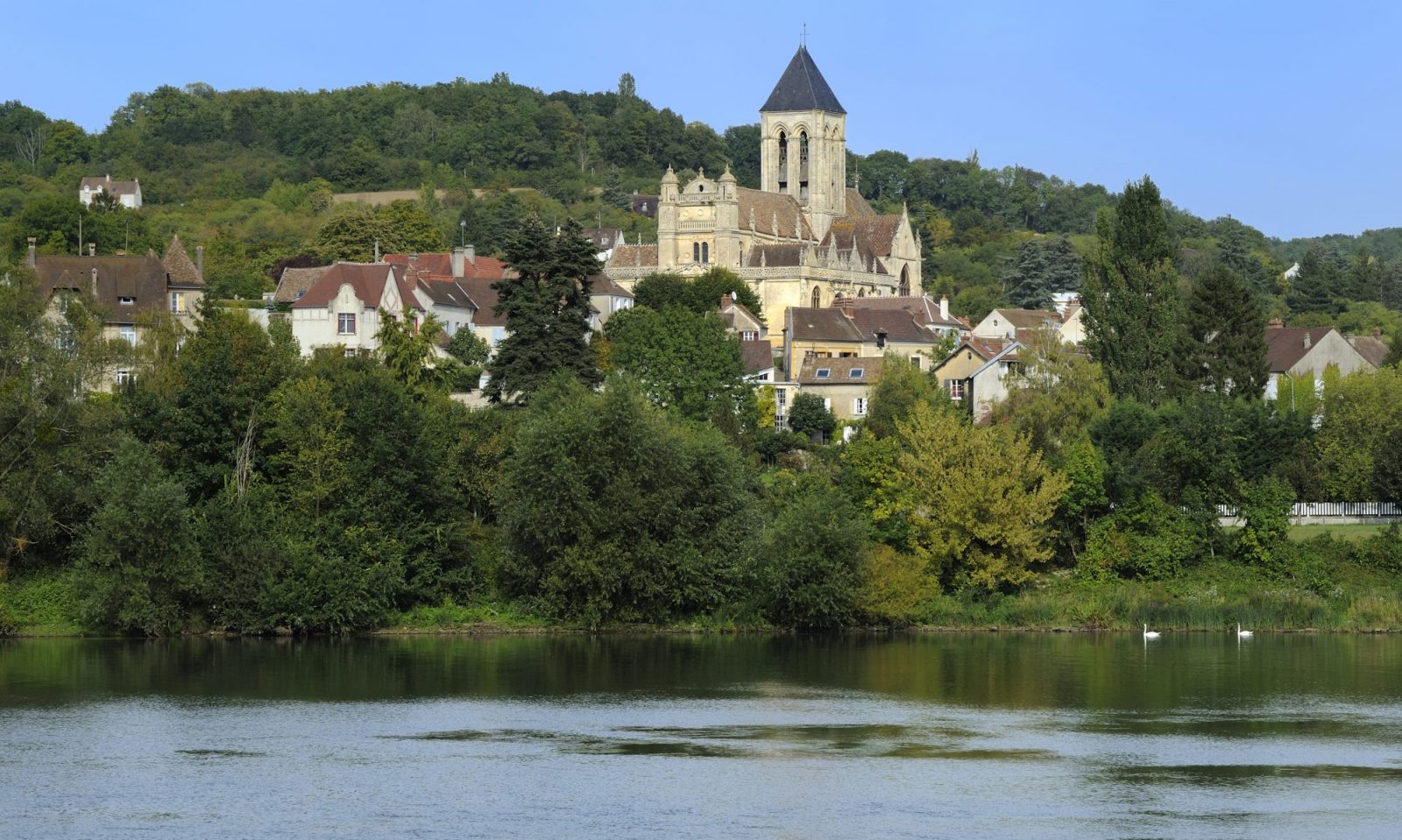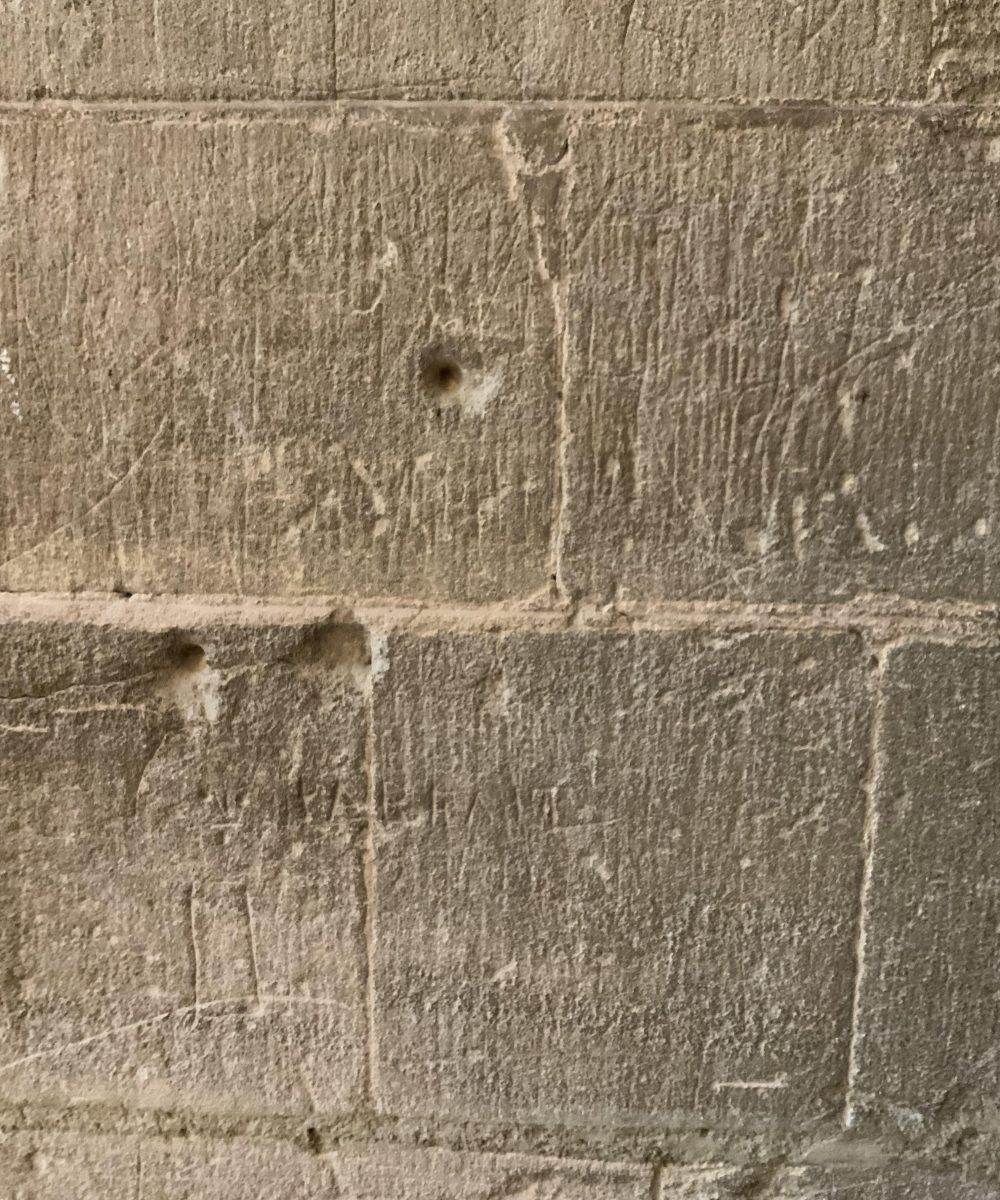Since the dawn of time, humans have taken the habit of engraving on stone signs and drawings wherever they could leave traces of their passage: caves, stones, monuments, cathedrals, churches, places of habitation.
At the time of the construction of the cathedrals, these signs (called lapidary signs) were a necessity to be able to identify the origin of the stones, their dimensions, the signature of the stone cutters, and to build the monuments according to an established plan.
But there are also graffiti which are testimonies of another nature.
What is the meaning of all these marks, who were the scriptors: workers (known as tâcherons), stonemasons, walkers, pilgrims, village inhabitants? Numerous archaeologists and historians are interested in this phenomenon - which has left a certain indifference for a long time - and are trying to understand its meaning.
The ancient signs and graffiti represent precious testimonies. It should be noted that, until the 20th century, none of these graffiti were malicious or insulting.
What can we say about the signs and graffiti of the church of Vétheuil ?
First of all, there are very few lapidary signs (stonecutters' marks). On both sides of the west portal there are cross-shaped signs which have sometimes been interpreted as pilgrimage signs. Are they pilgrimage signs or matching signs intended to place stones of the same size on each side of the porch? We have no explanation.

Representation of a mill: probably to implore God to spare the population from famines, the mill being a sign of prosperity.

Drawings of boats: many churches and monuments along the Seine have representations of boats. Requests for divine protection, ex-votos in memory of lost sailors or simply representations of boats by the Confrérie des Nautes.


Initials of stonecutters or architects? They are not identified.


Dates: a hypothesis would be the mention of the dates of restoration of the building.


Scratches: these marks correspond to a particular phenomenon close to a superstition. The stone dust of the pilgrimage sites was reputed to have curative virtues. The pilgrims used to scratch the buildings with spikes or blunt objects. The dust thus collected was called "poor man's aspirin".
The walls of the churches are fascinating and, depending on the lighting and your own insight into the engravings and signs, try to see what has been hidden from you until now. A world will open up to you.
Send us your photos and comments, they will be published in this article, so enjoy your visit!
Works :
Prayers from the Walls - Ancient graffiti from the 17th to 18th centuries on the outside walls of churches in Picardy, Normandy and Ile-de-France by Christian MONTENAT and Marie-Laure GUIHO-MONTENAT. Edition GEMOB 2003
To understand the lapidary signs by Jean-Louis VAN BELLE - Editions SAFRAN
Websites :
Museum of the Memory of Walls and Men
Glyptography, remarkable site of Claude OBERLIN


